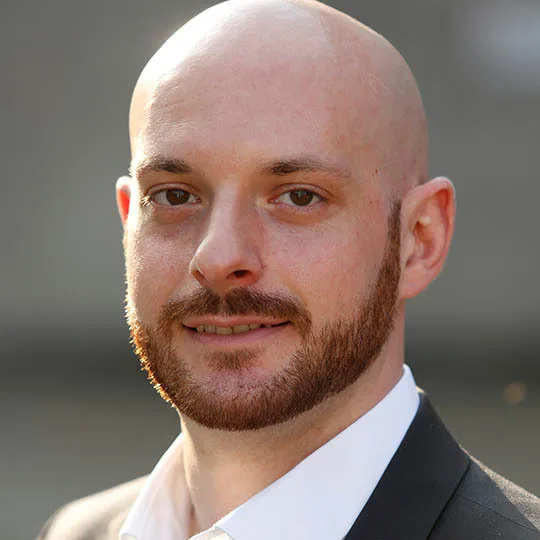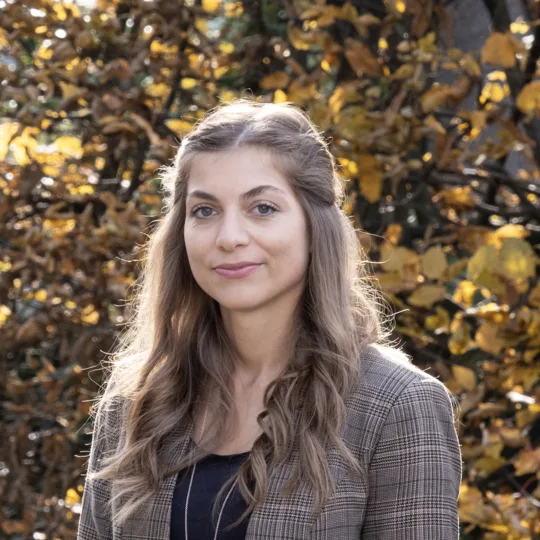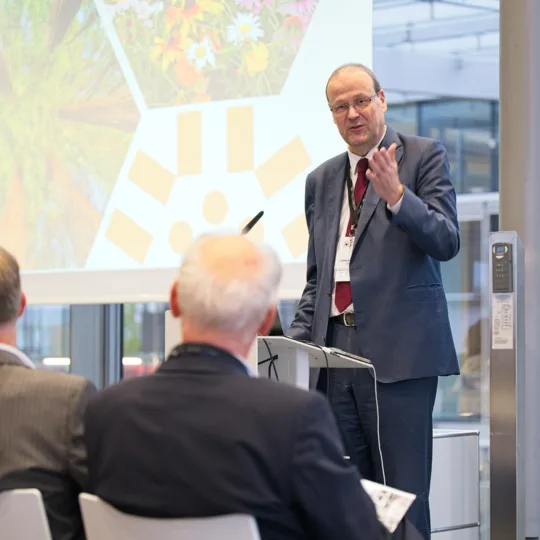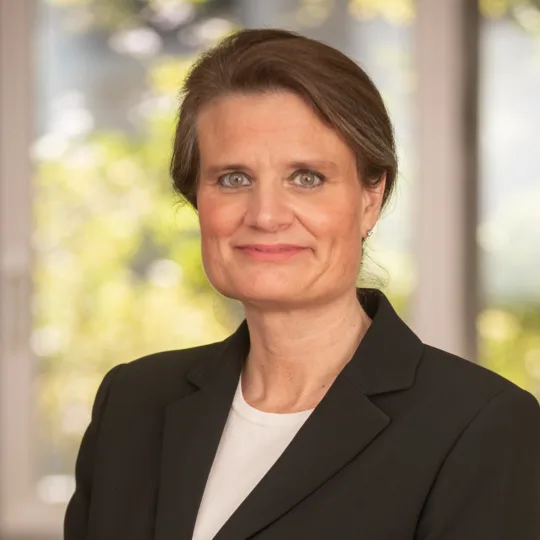Sustainability as the key to a future-proof industry
The Swiss Academy of Engineering Sciences (SATW) published its sixth Technology Outlook in September 2025. This study looks at technological developments and ventures to determine how well positioned Switzerland is in relation to the 31 technologies covered in the report. In this interview, co-authors Claudia Schärer and Stefan Scheidegger shed light on the most important findings.

What are the main findings of Technology Outlook 2025?
Claudia Schärer: Technology Outlook monitors 31 technologies. From these, we can see three significant trends for Switzerland's future viability: first, the growing relevance of energy and environmental research alongside research in materials and manufacturing processes. The management of raw materials and harmful environmental impacts is becoming increasingly important. Second, the way we deal with CO2 is set to change significantly, as technologies enabling the utilisation of this greenhouse gas gain traction. Third, digital technologies feature less prominently in the 2025 edition, which reflects the ongoing progress of digital transformation. Nevertheless, SMEs are still struggling to keep pace and harness digitalisation for their own benefit.
As Switzerland itself has no raw materials, it's all the more important to keep imported raw materials in the country through a functioning circular economy. Which of the technologies presented can contribute to this? What surprised you the most?
Stefan Scheidegger: I was surprised by the creativity and consistency with which research is being conducted into technologies and processes that improve both sustainability and security of supply in Switzerland. One technology that is representative of many endeavours is phosphorus recycling. Consistent recovery of phosphorus from sewage sludge and meat and bone meal ash could allow Switzerland to significantly reduce its phosphorus imports. Other technologies supporting the circular economy include bioplastics derived from waste, CO2-based plastics, as well as university and industry projects that recover gold from electronic waste.

Dr Claudia Schärer is the project manager and co-author of Technology Outlook. Photo: SATW, Aniela Lea Schafroth Photography

Stefan Scheidegger is a research associate at SATW and co-author of Technology Outlook. Photo: SATW, Aniela Lea Schafroth Photography
How well positioned are we in Switzerland in terms of future technologies in the field of sustainability?
Stefan Scheidegger: What stands out in this edition of Technology Outlook is the significantly greater focus on sustainability compared to previous issues. This is a strong indication that the topic has caught on in science and industry. Switzerland is very strong in basic research and in the development of high-tech and niche products. However, it still has a lot of potential when it comes to the practical implementation and scaling of inventions. The key challenges here are a lack of funding, a lack of or few incentives, and a shortage of skilled workers, which affects many industries.

How does this study benefit the Swiss economy and society?
Claudia Schärer: The local hub of industry and ideas is facing mounting pressure to innovate. The future is more uncertain than it has been for a long time. As a result, long-term strategic thinking is becoming increasingly important. Technology Outlook focuses on technological developments, explains emerging technologies, identifies the resulting trends that will shape the economy and society, and highlights where opportunities and challenges lie. It shows the direction in which the technological landscape is heading. In doing so, Technology Outlook helps managers navigate strategic choices.
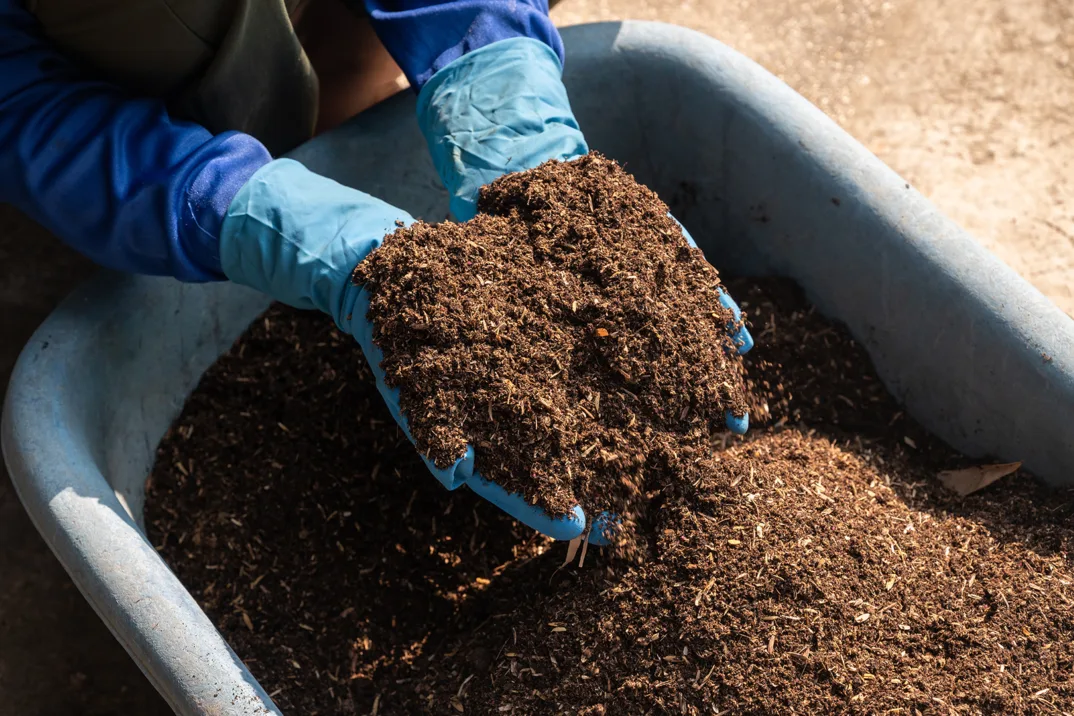
Contact
Author
